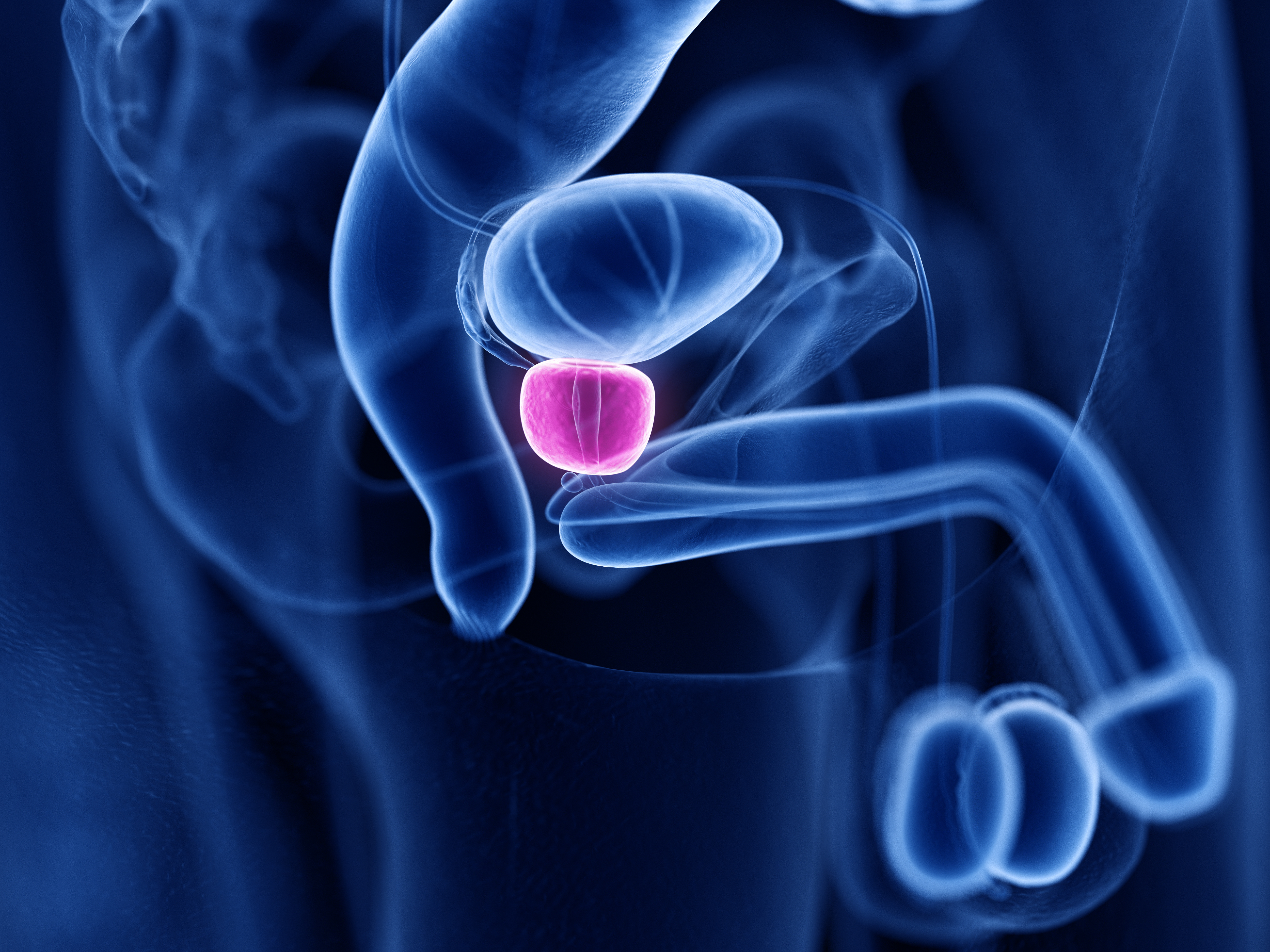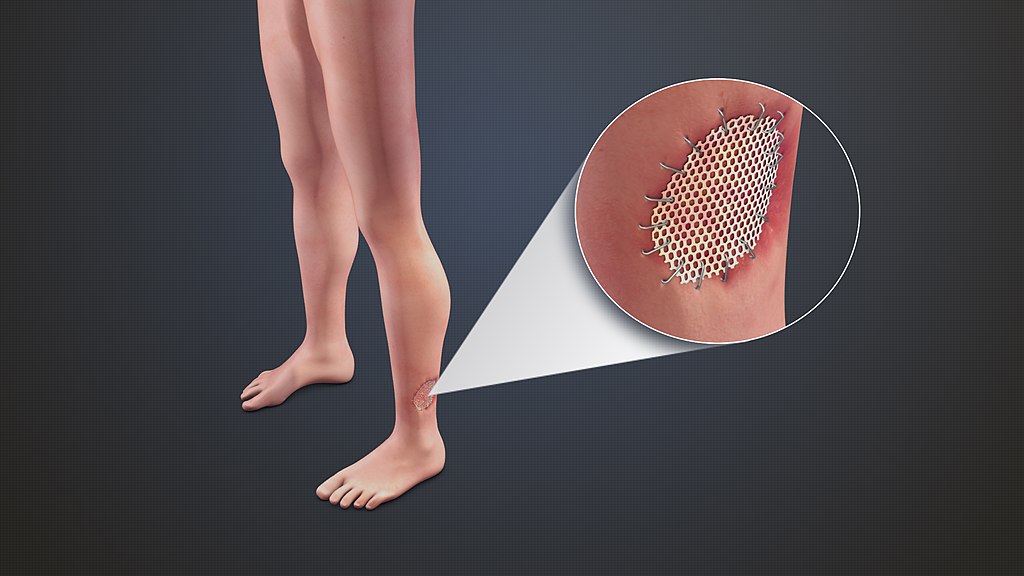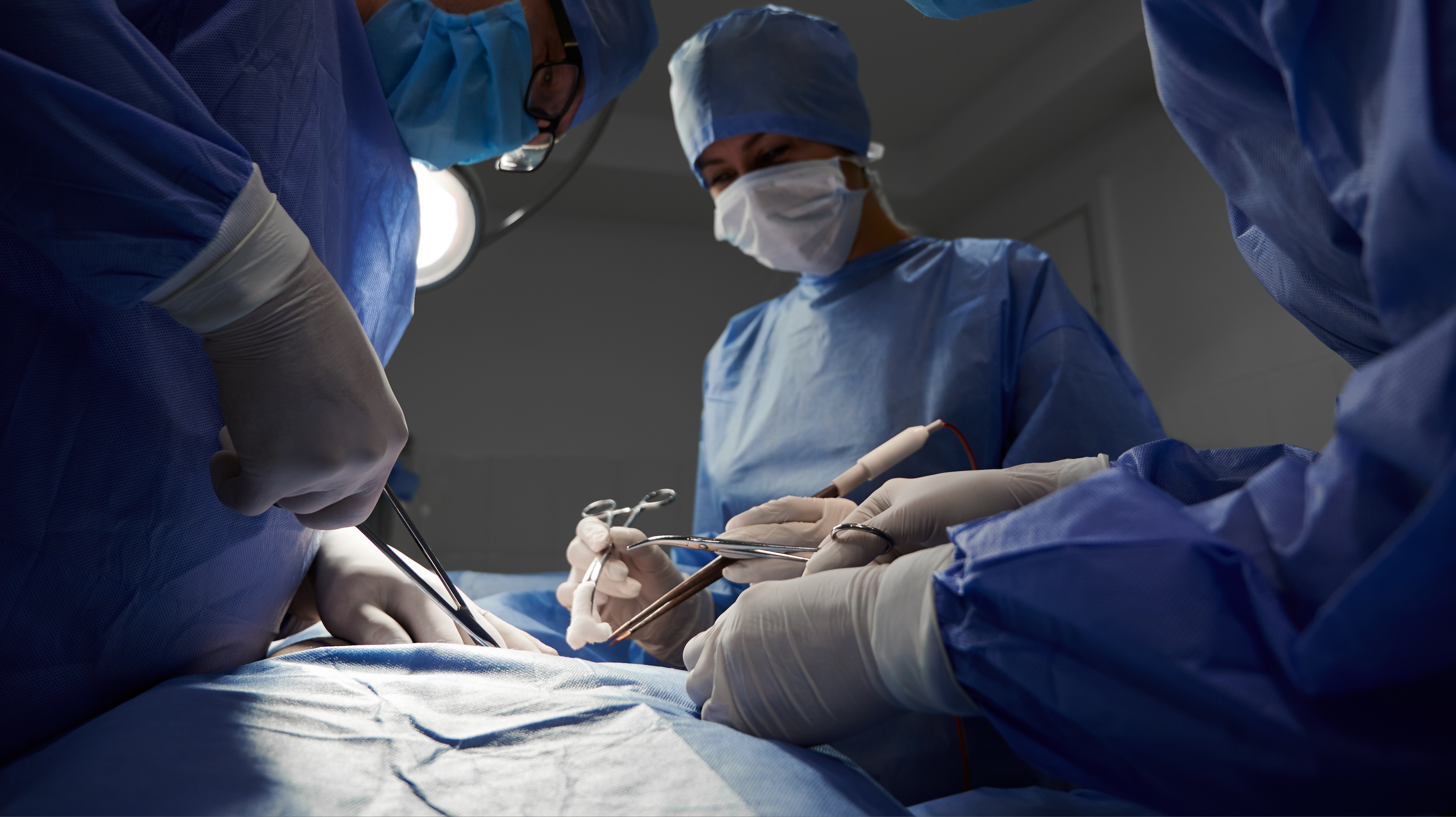Home

With the resources of the SUNY Research Foundation, and our history of successful partnerships, we are here to help move biomedical products and ideas to market.

Our scientists and core facilities can help move discoveries into practice and technologies into the marketplace.

Upstate is home to top research facilities with highly specialized equipment and advanced instrumentation, to support research and product development.

We are here to create the relationships and partnerships needed to move innovative ideas forward.
Recent Tech from SUNY Upstate

Provides new pathways for biomarkers and drug discovery for cancer patients. Background: The gene A...
Provides new pathways for biomarkers and drug discovery for cancer patients. Background:
The gene Abelson interactor protein-1 (ABI1) encodes a member of the Abelson-interactor family of adaptor proteins. These proteins facilitate signal transduction as components of several multiprotein complexes, and regulate actin polymerization and cytoskeletal remodeling through interactions with Abelson tyrosine kinases. The androgen receptor (AR) protein functions as a steroid-hormone activated transcription factor. ABI1 and AR are widely expressed in human tissues. Many cancers show sex-specific tumorigenesis, tumor progression, and sensitivity to hormonal drugs. The ABI1-AR axis might play critical roles in these tissue and drug sensitivities and toxicities. For example, ABI1 regulates a specific subset of genes associated with prostate tumor progression. These genes are biomarkers and potential targets of tumor progression.
Technology Overview:
This technology defines ABI1-AR reciprocal regulation involving two non-exclusive molecular mechanisms of ABI1-AR and ABI1-DNA interactions. ABI1-DNA binding activity predicts survival of prostate cancer patients. ABI1 binds AR via a multivalent interaction. The ABI1-AR transcriptional program is altered during tumor progression and by anti-androgen treatments, suggesting that ABI1 is a key plasticity regulator in PCa by coupling its actin regulatory and signaling functions to transcriptional regulation. ABI1-AR reciprocal regulation has far reaching implications for tumor plasticity and androgen-sensitive pathogenesis. These interactions are co-regulated during PCa evolution and clinical treatment promoting tumor plasticity and progression. This provides new paths for biomarker and drug design discovery in PCa. https://suny.technologypublisher.com/files/sites/adobestock_282277912.jpegAdvantages:
• Provides a novel mechanism for predicting survival rates among cancer patients.
• May enable drug discovery for a wide variety of cancers. Applications:
The primary applications for this technology are the development of biomarkers for assessing cancer patient survival rates, and drug discovery. Intellectual Property Summary: US Provisional Patent Application Ser. No. 63/463,457, filed May 2, 2023. Stage of Development:
TRL 3 - Experimental proof of concept Licensing Status:
This technology is available for licensing.Licensing Potential:
This technology would be of interest to anyone involved in the development of biomarkers and/or therapeutics for cancer, including:
• Pharmaceutical companies.
• Hospitals.
• Medical research laboratories.
• Universities.

A surgical "sewing machine" for rapid graft quilting and suturing in challenging spaces. Background:...
A surgical "sewing machine" for rapid graft quilting and suturing in challenging spaces. Background: Grafts are commonly employed in urologic reconstructive surgery, but anchoring them in less accessible areas -- as in luminal stenosis surgery -- can be difficult. A novel surgical "sewing machine" capable of quilting and suturing in tight spaces was developed to help solve this problem. Technology Overview: The repair of luminal stenosis involves an incision through the stenosed segments and followed by the application of a buccal mucosa graft to serve as protection. A surgical sewing machine was assembled by threading absorbable 4-0 barbed suture through a 20-gauge hollow needle. The result is rapid, one hand suturing for graft quilting, with a running stitch, akin to the way a sewing machine makes a continuous stitch across the hem of a skirt. This suturing device, developed by Upstate Medical University researchers, has been used in posterior urethroplasties, a transvesical bladder neck reconstruction, augmented perineal urethrostomy, and a vaginoplasty revision. In each case, the graft survived and there was no recurrence of disease. Advantages:
- Higher rate of graft success with no recurrence of disease
- One handed suturing avoids alternating movements to reposition the needle, and is more efficient
- Can be used in a variety of complex reconstructive surgeries, including those involving radiated tissue, where graft fixation and suturing is challenging
- Future applications in endoscopic and laparoscopic surgery are possible

An adapter that expedites bone surgery by making hand-held retractors self-retaining. Background: O...
An adapter that expedites bone surgery by making hand-held retractors self-retaining. Background: Orthopedic surgeons require unfettered access to exposed bone. That means keeping the skin, subcutaneous fat, tissues, and muscles out of the way with retractors. Currently, there are two common types of retractors for this purpose—self-retaining retractors, which stay open on their own, and hand-held retractors, which need an assistant to hold them. The current disclosure describes an adapter that couples the hand-held retractors to the self-retaining retractor, enabling the hand-held retractors to be self-retaining. This eliminates the need for an assistant and affords the surgeon better exposure to the bone, thereby increasing the efficiency of surgery while reducing cost. Technology Overview: The device combines the functions of a hand-held retractor, used on soft tissue near the bone, with those of a self-retaining retractor, used on surface levels like skin and subcutaneous fat. The device consists of two sleeves slipped over the arms of the hand-held retractors. The inner surfaces of the sleeves have inverted V-shaped projections to capture the tips of the self-retaining retractor. When the tips are inserted into the projections on the sleeves, the self-retaining retractor secures the hand-held retractors and keeps them open. The adapter can be used with equipment that is readily available in every orthopedic operating room. It will be made of sterilizable metal or durable plastic to guarantee years of use. https://suny.technologypublisher.com/files/sites/110-20302.jpg Advantages:
- Increases efficiency of surgery.
- Reduces costs.
.jpeg)
An easy-to-use, minimally-invasive treatment that improves the efficacy of endoscopic treatments by ...
An easy-to-use, minimally-invasive treatment that improves the efficacy of endoscopic treatments by preventing/reducing scar formation.
Background:
Urethral strictures cause around 1,000,000 emergency room visits in the US and nearly as many visits to urologist clinics. Treatments include urethral dilations (mechanical stretching) and endoscopic incision of the scar, followed by a temporary (up to seven days) catheter placement. These treatments are considered minimally-invasive, but have a poor success rate (under 40%) due to scar recurrence or progression in response to mechanical injury by the treatment itself. In addition, some centers offer open reconstructive techniques called urethroplasties. These use local flaps, distant grafts, and/or complete resection of the affected scar tissue. These treatments are more effective (up to 90%). However, they are significantly more invasive, require specialized surgical training to perform, and catheter stays of up to 28 days to avoid breaking the suture lines of the repair.
Technology Overview:
The subject technology is a therapeutic lighted catheter (red and near-infrared) for treatment and prevention of urethral strictures and bladder neck contractures. This offers the minimal-invasiveness of endoscopic, eliminates the need for special training (any urologist can dilate and place the catheter), reduces the time of in-dwelling urethral catheter, and increases the effectiveness of the endoscopic treatment by preventing/reducing scar formation. Preliminary animal experiments with this technology has confirmed the efficacy of this treatment with promising initial results, including in terms of radiographic and endoscopic improvement and resolution of strictures.
https://suny.technologypublisher.com/files/sites/adobestock_285163387_(1).jpeg
Advantages: • Minimally-invasive.
• Eliminates the need for special training.
• Reduces the time the catheter must remain in place.
• Prevents/reduces scar formation.
Applications:
The primary application for this technology is treatment and prevention of urethral stricture disease, bladder neck stenosis, and anastomotic contractures.
Intellectual Property Summary:
US Patent application filed on 1/10/23. Application Serial # 18/095,121.
Stage of Development: TRL 3 - Experimental proof of concept
Licensing Status:
This technology is available for licensing.
Licensing Potential:
This technology would be of interest to anyone involved in the treatment of urethral strictures and related diseases, including:
• Manufacturers of medical devices.
• Hospitals.
• Universities.
• Medical research laboratories.



